The initial ideating process of my Digital Artefact has been confusing at times but ultimately rewarding. As I first came to grips with the world of digital media and the concept of the DA, I was relieved that we were encouraged to engage with our passions and create something that reflects our interests. I knew immediately that I wanted to produce history-related content.
I know what you’re thinking. History, really?
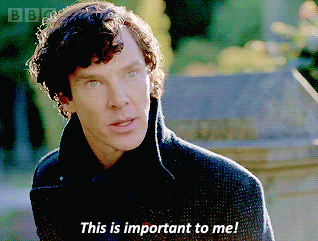
I have always had a passion for history that I’ve never really been able to explain. I love watching documentaries on the World Wars and reading historical fiction. Whenever I travel, I make a point of visiting all of the historical sites. Fundamentally, I’m curious about the events that have shaped our society and the different ways in which these can be interpreted.
However, I understand that Nazi Germany or the Jacobite Revolution isn’t everyone’s cup of tea.
This brought me to the problem – the gap in the market – and the beginning of my brainstorming process.
It is no secret that history is not a common interest for the majority of people, particularly for the younger generation. Learning history is stereotypically seen as boring and useless.
So why on earth would I think it was a good idea to create a DA about history?
I believe that learning about the past is incredibly important in order to better understand the present, and the future.
Having identified the gap in the market, I felt compelled to communicate history in a more accessible way for people of ALL ages.
But how would I go about it?
“It’s not about coming up with the ‘right’ idea, it’s about generating the broadest range of possibilities” (Plattner, 2010).
Taking on the advice of Plattner and Ted Mitew, I decided to create a feedback loop to kick-start the brainstorming process. Bless the power of twitter.
#bcm114 question time!
I want my DA to reflect my passion for history, but I’m aware that history is not everyone’s cup of tea. If I were to create an IG account, what kind of content would you find engaging? On this day posts? Fun facts? Rare photos? Parodies? #BCMDA pic.twitter.com/UGKiVb1VeF— Maddie Date (@datemads) July 30, 2018
By simply pitching my concept to the twitter-verse and asking for advice, I was provided with an array of amazing ideas to consider. These included podcasting, parodies and memes, conspiracy theories, fun facts etc.
This kick-ass feedback loop led me to the first prototype of my DA…
Introducing HISTORY UNPLUGGED.
Currently, I am running History Unplugged on both Instagram and Twitter. I chose Instagram because I believe it is a great platform to produce aesthetically pleasing content that gets straight to the point, and twitter as a test-run on a different platform.
So what makes my account different?
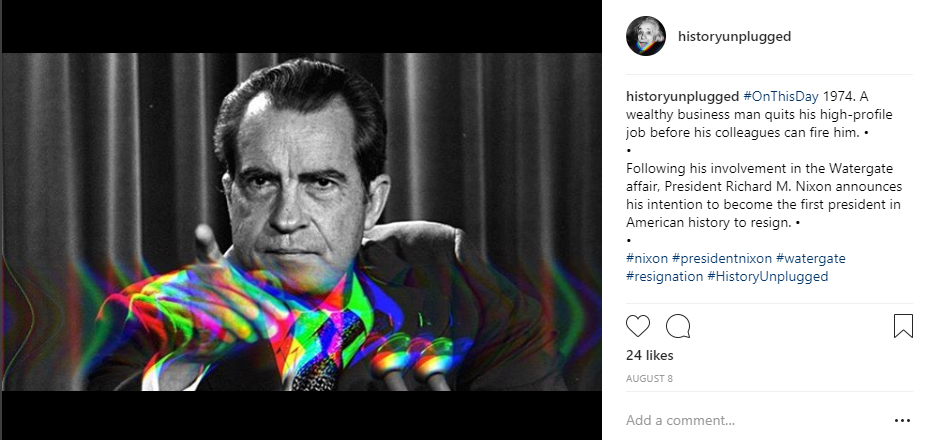
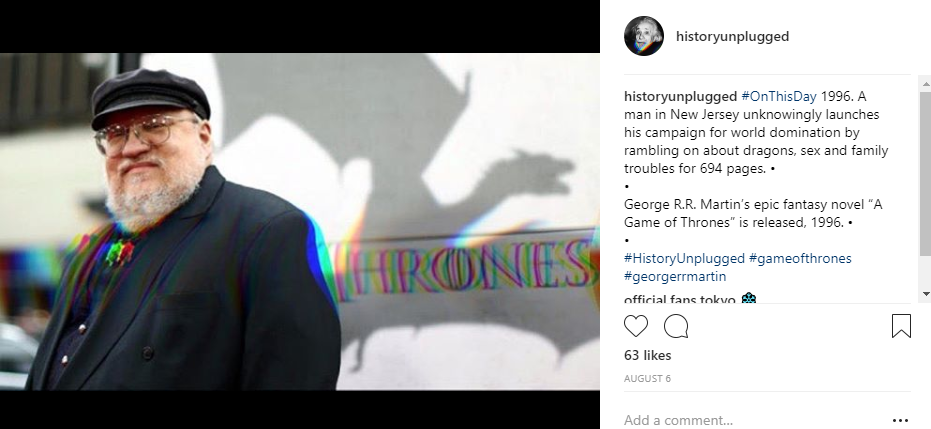
I have decided to take historical photographs and manipulate them to fit my chosen aesthetic (this is done using the Glitche app on my iPhone). After some quick research, I produce a ‘shit-post’ caption before providing actual facts of an historical event. The entire process takes about 5-10 minutes max. I mean, keep it simple stupid.
“An inadequate appreciation for simplicity can result in an overvalued perspective of complexity, which can cause problematic disaster” (Ward, 2005).
I decided to aggregate content in this way as it is my own little metaphor for revamping history for the modern generation. Everything that we know about the past can be distorted and manipulated in our own minds.
So far, I have only been creating #OnThisDay posts as it is incredibly easy and straightforward to produce (FIST, am I right?!), but it also means I can cover a wide range of topics and post frequently. As I continue to monitor audience engagement with my content and receive more feedback, I may consider different ways of producing content on different mediums (such as video production).
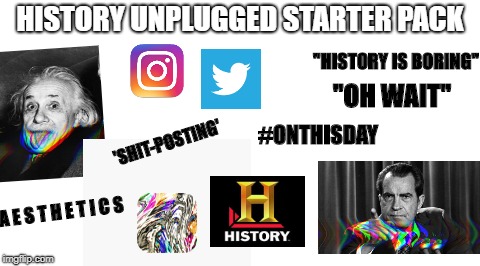
Overall, I have really focused on the concept of FIST when creating my DA. This not only relates to the way I produce content, but also the way in which the audience consumes it. It’s not only fast and inexpensive to make simple content, but the audience can consume the content quickly and effectively.
I think that my DA is accessible to the target audience and delivers facts in a unique and visual way, so the consumer learns without really dwelling on the thought.
I have been lucky to receive great feedback so far; however this is only the beginning of a long journey of learning, adapting and growing. It’s important to for me to keep the Fail Early Fail Often concept in mind when moving forward with my project.
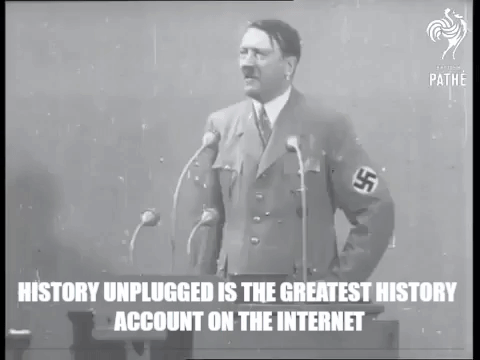
Follow History Unplugged on Instagram and Twitter!
https://www.instagram.com/historyunplugged/
Plattner, H 2010, ‘An Introduction to Design Thinking: Process Guide’, accessed 24/08/18, https://dschool-old.stanford.edu/sandbox/groups/designresources/wiki/36873/attachments/74b3d/ModeGuideBOOTCAMP2010L.pdf?sessionID=8af88fee76ecd1fb7879c915073461486c425622
Ward, D 2005, ‘The Simplicity Cycle: simplicity and complexity in design’, accessed 24/08/18, https://www.dau.mil/library/defense-atl/DATLFiles/2005_11_12/war_nd05.pdf




One thought on “History Unplugged: IDEATION”